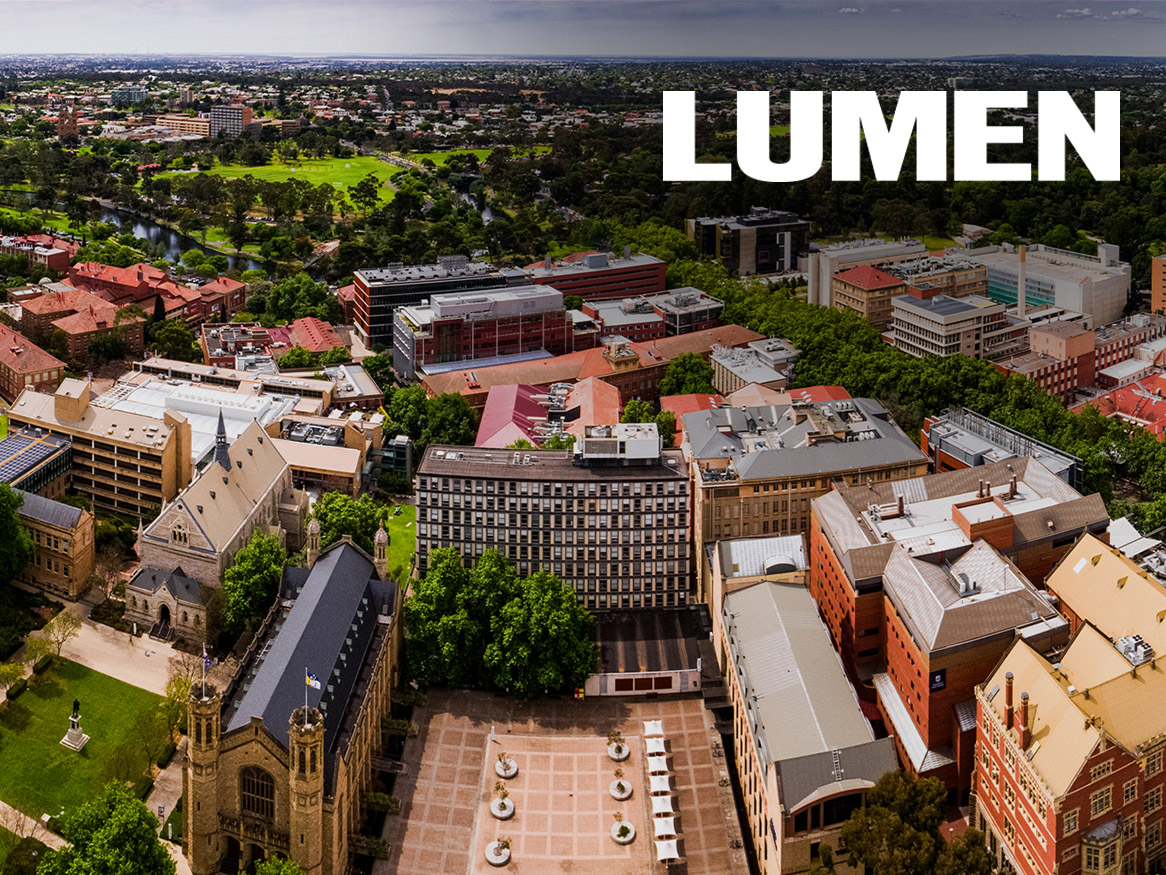Preserved leaves reveal 7000 years of rainfall and drought
Friday, 15 February 2019
A study by University of Adelaide researchers and Queensland Government scientists has revealed what south-east Queensland’s rainfall was like over the last 7000 years – including several severe droughts worse and longer lasting than the 12-year Millennium Drought.
The study – published in Scientific Reports - used preserved paper-bark tea tree leaves from North Stradbroke Island’s Swallow Lagoon that have been collecting in the sediment for the past 7700 years.
The leaves – analysed for chemical variation - provided a wealth of information on the El Niño-Southern Oscillation (ENSO) and how it was impacted by major climate changes over the millennia, including the Little Ice Age from about 1450 to 1850.
Researchers found a generally wet period about 5000 to 6000 years ago – indicating a more consistent La Niña-like climate.
“This changed to a more variable and increasingly drier climate about 3000 years ago – highlighting a strengthened El Niño phase,’’ says Associate Professor John Tibby from the University of Adelaide’s Geography Department.
“There were substantial droughts during this phase, drier than the Millennium Drought which south-east Australia experienced from 1997-2009. In fact, from what we can ascertain, the probability of a drought worse than the Millennium Drought is much higher than the current prediction of one in 10,000 years.
“Our rainfall reconstruction suggests that it may be as much as 10 times more likely.”
Associate Professor Tibby said the Little Ice Age, which ended about the time south-east Queensland was settled, was unusually wet.
The study was possible because Swallow Lagoon contains a continuous sequence of leaves from a single species of tree. Variations in the chemistry of these leaves allowed scientists to reconstruct past rainfall.
“Finding leaves preserved in lake sediments of this age is rare, and they can tell us a lot about the environment. For instance, the carbon isotope composition – or chemistry – of the leaves can tell us about the degree of moisture stress experienced by the plants when the leaves were growing,’’ says Dr Cameron Barr from the University of Adelaide.
“So, in effect, we can use leaf carbon isotope composition to infer rainfall through time. Since North Stradbroke Island is in a part of Australia that is very sensitive to ENSO, our study is able to document ENSO history.”
Contact details
Email: john.tibby@adelaide.edu.au
Senior Lecturer
Discipline of Geography, Environment and Population
The University of Adelaide
Business: +61 8 8313 5146
Mobile: +61 (0)434 950 861
Ms Elisa Black
Email: elisa.black@adelaide.edu.au
Manager, News and Media
University of Adelaide
Mobile: +61 (0)466 460 959







